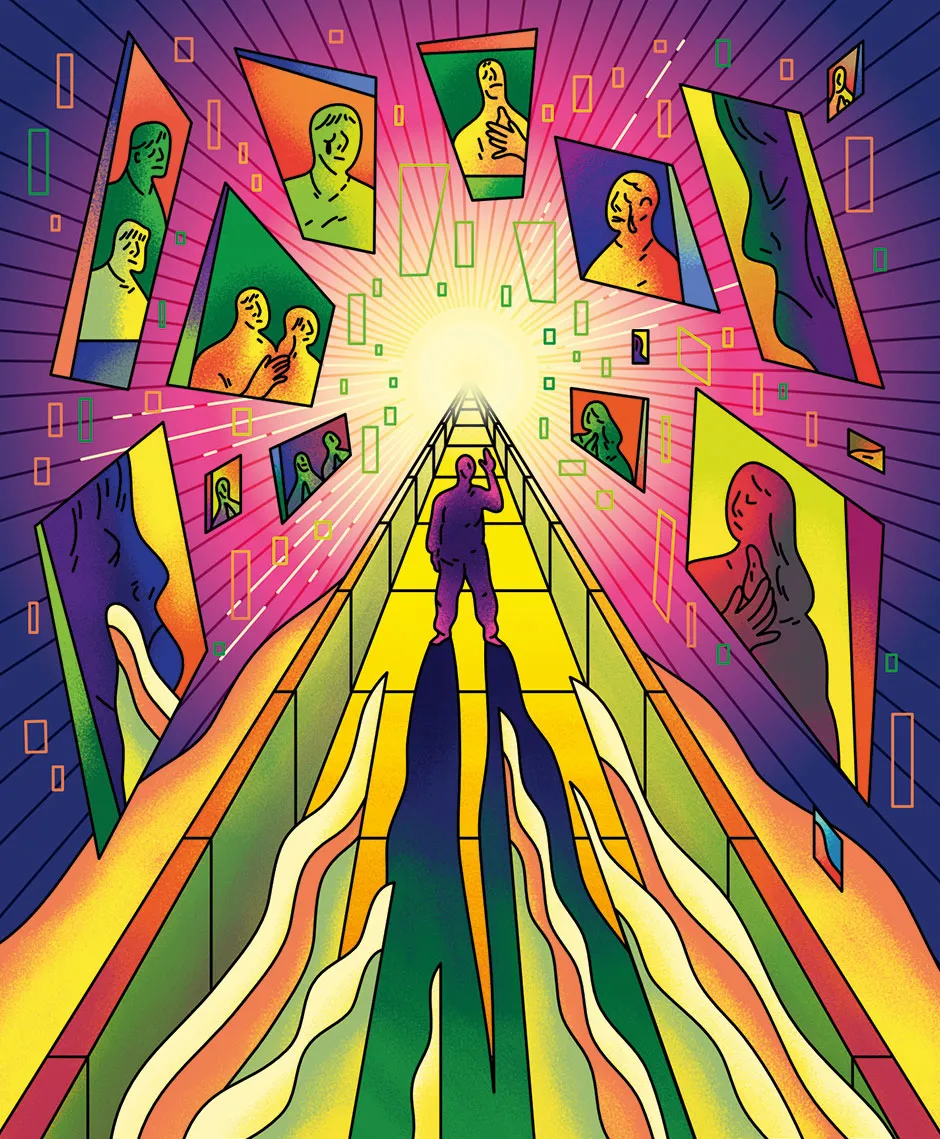When my Dad died at the very beginning of 2016, it started a concentrated time of many losses. It was an artefact of age – in the following three years, I lost all of those who were left in his generation and above.
By the end of 2019, after a few clear months without a visit to a funeral home, I stopped anticipating the news of a loved one facing the philosophical fullstop, and relaxed. I had achieved the final stage of grief. I started to make sense of it.
But then came COVID-19 and the incomprehensible loss of life that we have been surrounded by for the last few months, and everything has been upended again. While I am mercifully spared – so far – from its mortal bite, here in New York City I am literally surrounded by the realities of the mass of casualty.
I understand how isolating death is during normal times. What I don’t know is how isolating death is at a time of so much loss. Apart from the greatest cruelty of physical isolation, I wonder whether the personal experience of those who have survived is transformed because their worst day is eclipsed by the ‘number theatre’ of daily statistics.
I recently spoke with Valerie Cole, leader of the US Red Cross Integrated Condolence Care Program. Her team of professional mental health volunteers are always on the scene after a disaster. She says there is probably some comfort in knowing you’re not alone.

We make sense of an upside-down world by coming together to figure out how to interpret it. But how do we begin to process when the coming together is physically distanced?
The internet has gifted us the video conference. So much of grief is visual, and if we can’t be there in the room, we can at least see the room through a camera. We can sit with someone in silence.
David Kessler from grief.com has watched the transformation in online rites over the last few months, from clergy with terrible sound quality talking to an empty room, to Zoom funerals, where they can speak directly to the bereaved, who can also see everyone else.
Read more from Aleks Krotoski:
- Why COVID-19 is a breeding ground for conspiracy theories
- Hitting the wall: Can you change your mindset to endure lockdown more successfully?
David hosts a popular online support group to give the bereaved a place to reality check their feelings. Valerie’s team now communicates from a distance, guiding people through the disorientation of mass casualty loss, and making sure their needs are met so they can begin to mourn. While they can’t give someone a hug, they can leave the person with a next step, to negotiate the path through uncertainty.
Our job, as non-professionals supporting someone through a loss, is to make sure we are there in two weeks, a month, three months from now, checking in, sharing stories, sitting in virtual silence and tears.
Over the next year, we will test technology in ways it was never meant to be used. But with the hacks we are using to overcome the most significant lockdown obstacle, we will come to make sense of what is important in life, and how we can continue to live despite death.
